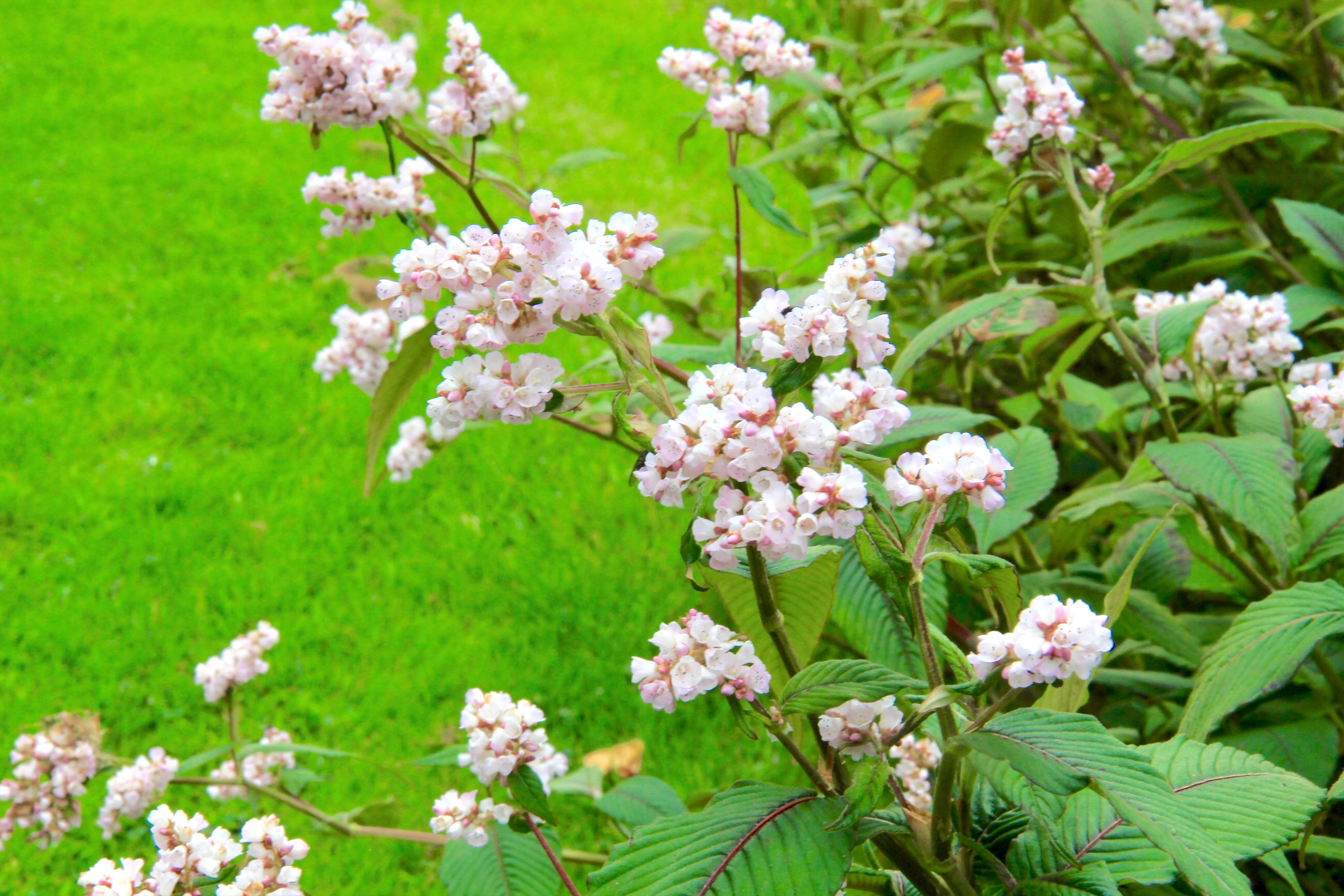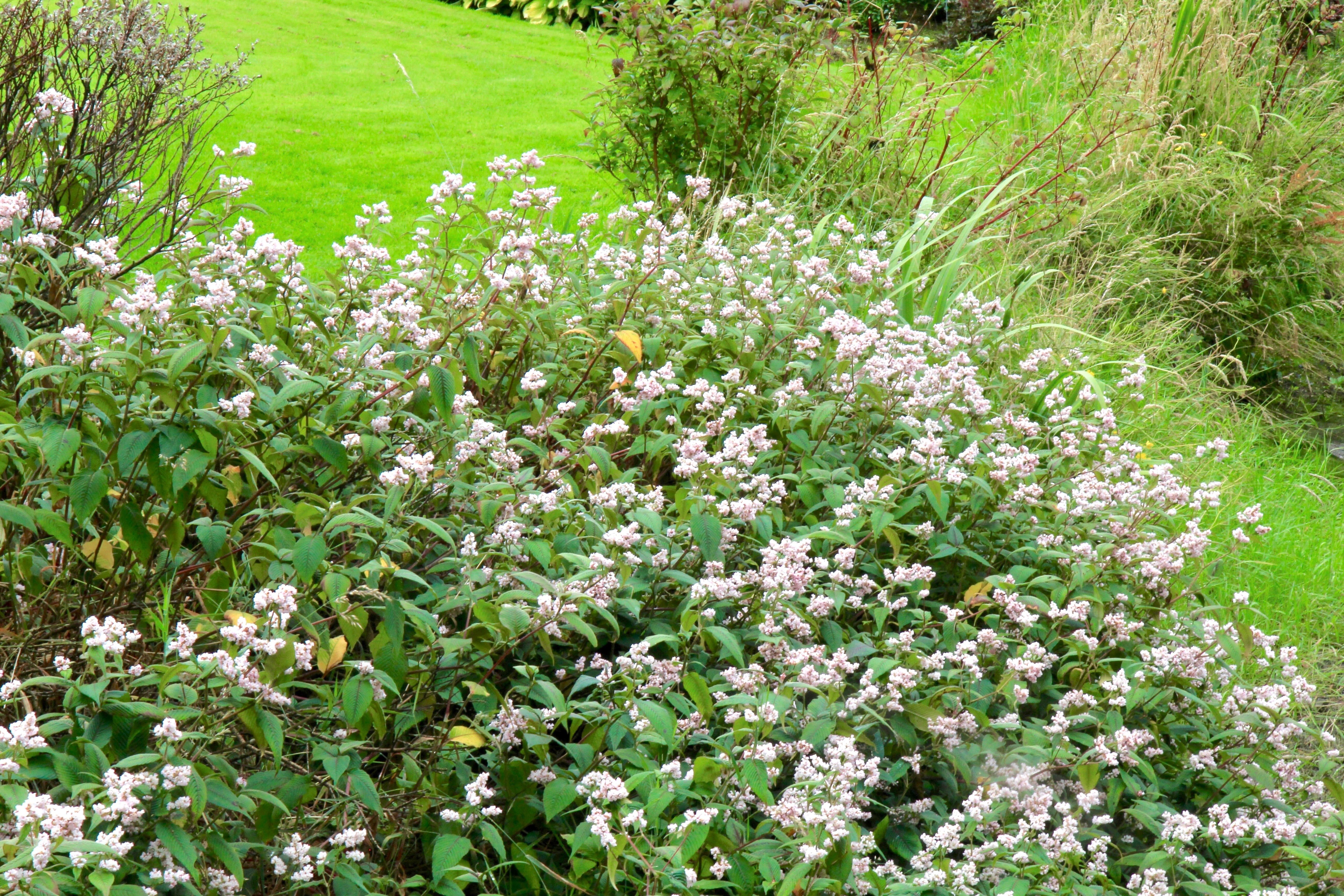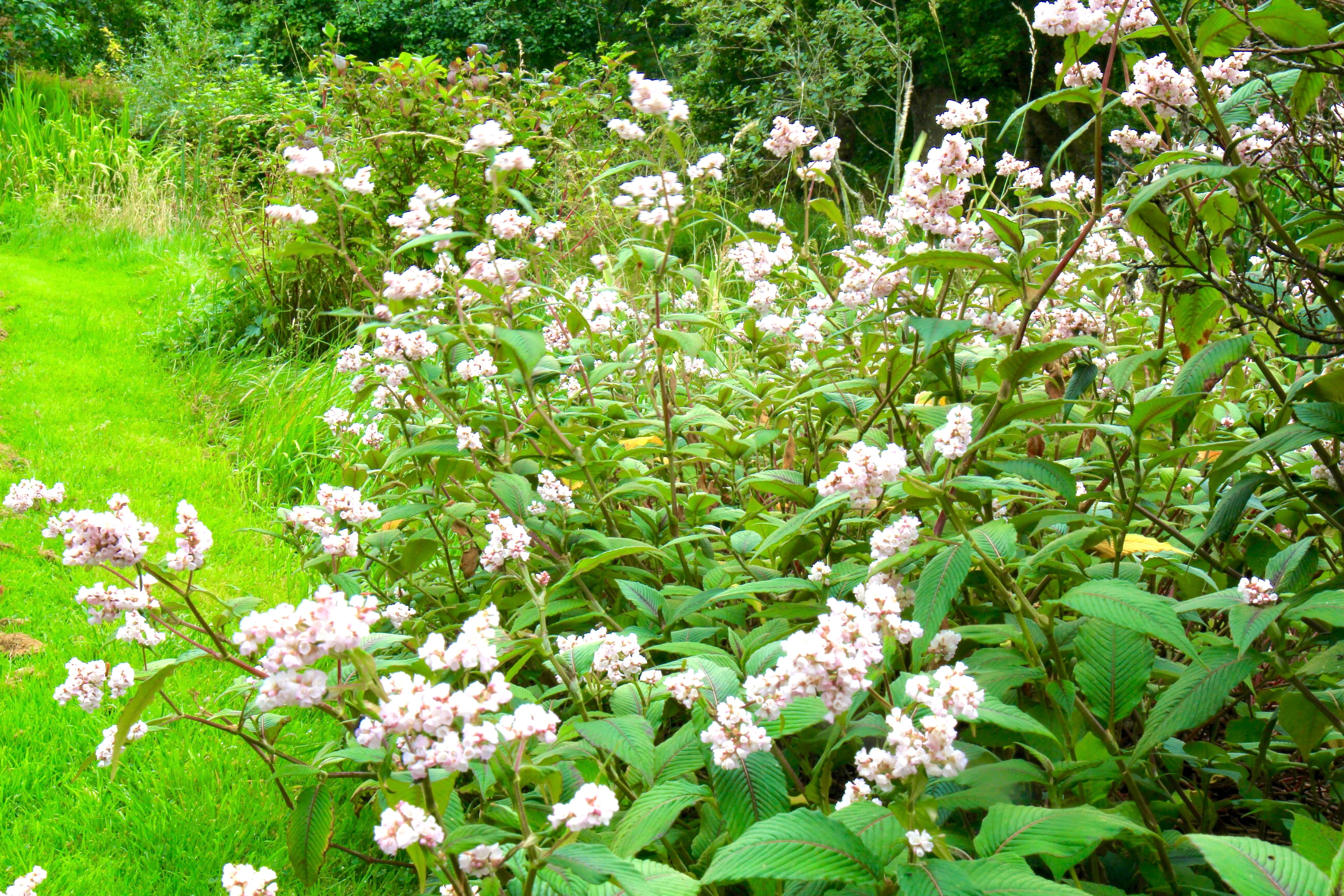Koenigia campanulata 'Madame Jigard'
Approx. 0.5 litre pot
About this cultivar:
Koenigia campanulata 'Madame Jigard' is semi-evergreen perennial that differs from the species, a Himalayan native, by flaunting a reddish-bronze vein down the centre of its leaves. The vein may bleach out a little bit in full sun.
It has a wild feel and that is how we use it (but you don't have too!). It will grow happily anywhere. Try in boggy areas. When Summer rolls in, there it is, with those blooms, slowly turning from a bold pink to a faded white as the autumn arrives. Yes, it might root itself where it pleases when it touches the ground. But you know what? Give it a little pull, and it'll come out without putting up much of a fight. That's just the way it is, a bit untamed, but easy enough to rein in when you need to.
A quick internet search reveals the name ‘Madame Jigard’ is well established but possibly spelt incorrectly. The plant is perhaps named for Madame Jégard, founder of Le Jardin d’Eau (Water Gardens) in France. This might make sense as we grow this next to our pond (dried out in the photos!).
- Position: Full sun, partial shade
- Soil: Almost any soil, wet soil, grows well in Ballyrobert
- Flowers: July, August, September, October
- Other features: Bees and Butterflies, Waterlogged, Interesting Foliage or Fruit
- Hardiness: H7 - Hardy in the severest European continental climates (< -20°C), Fully hardy, grows well in Ballyrobert
- Habit: Clump forming
- Foliage: Semi evergreen
- Height: 90 - 120cm (3 - 4 ft)
- Spread: 90 - 120 cm (3 - 4 ft)
- Time to full growth: 2 to 5 years
- Plant type: Herbaceous Perennial, bog
- Colour: Green, red, white
- Goes well with: Iris
About this genus:
Used to be called Persiciaria until recently so I am going with this:
Persicaria is a genus of flowering plants in the knotweed family (Polygonaceae). Plants of the genus are known commonly as smartweeds, knotweed, fleece flower, or buckwheat. It has a cosmopolitan distribution, with species occurring nearly worldwide. The genus was recently segregated -so many of you old folk probably know it as Polygonum!
The genus Persicaria has many weedy species and somewhat of a bad reputation. However, as with any family, there are always some good members. We think we have found them!
Persicaria leaves are often multi-coloured and often marked with dark centers and silver chevrons. This versatile genus will most likely grow anywhere that isn't a pond or a dark room. Other than an occasional haircut Persicaria is a low maintenance plant, that seems to look at home anywhere you plant it.






